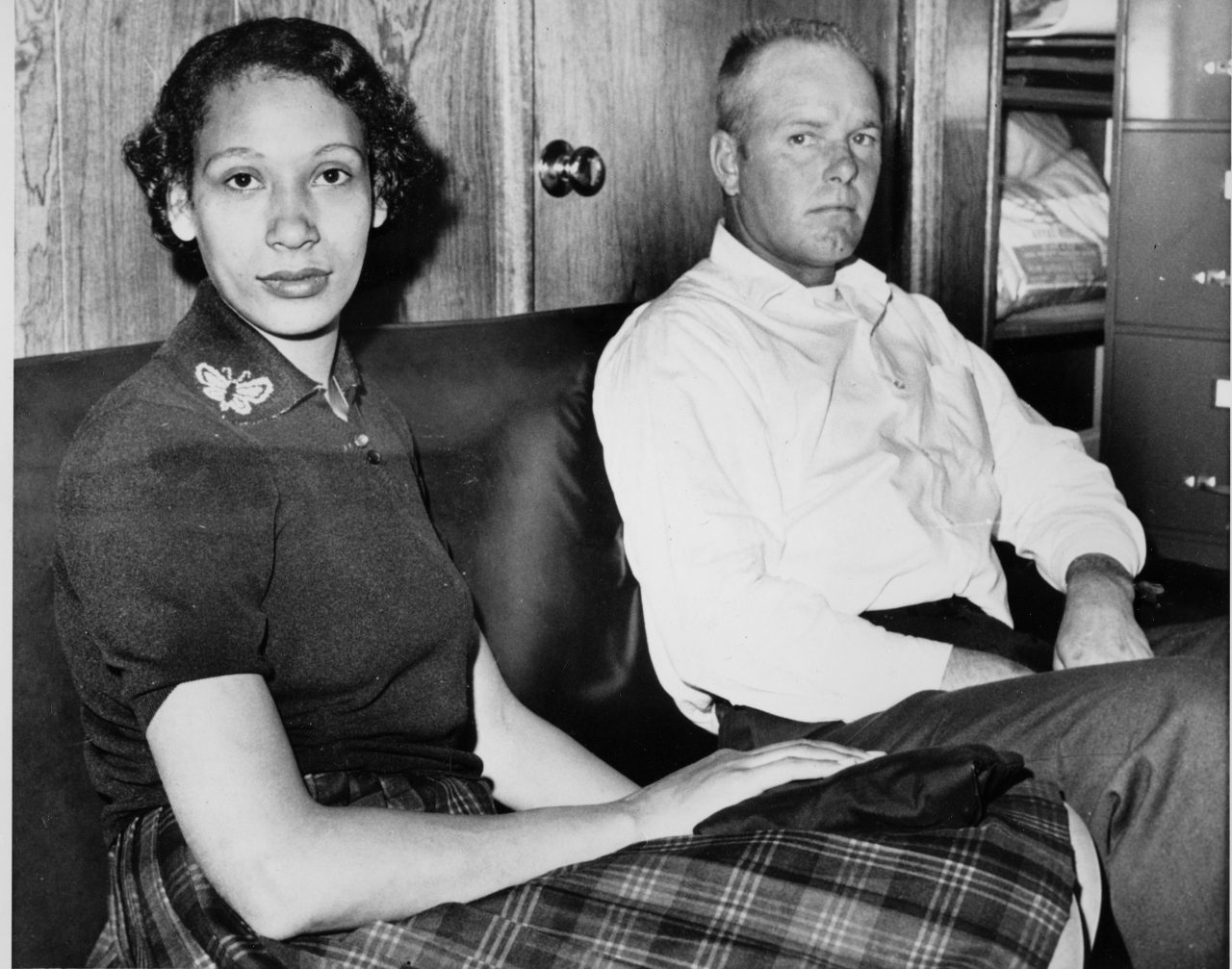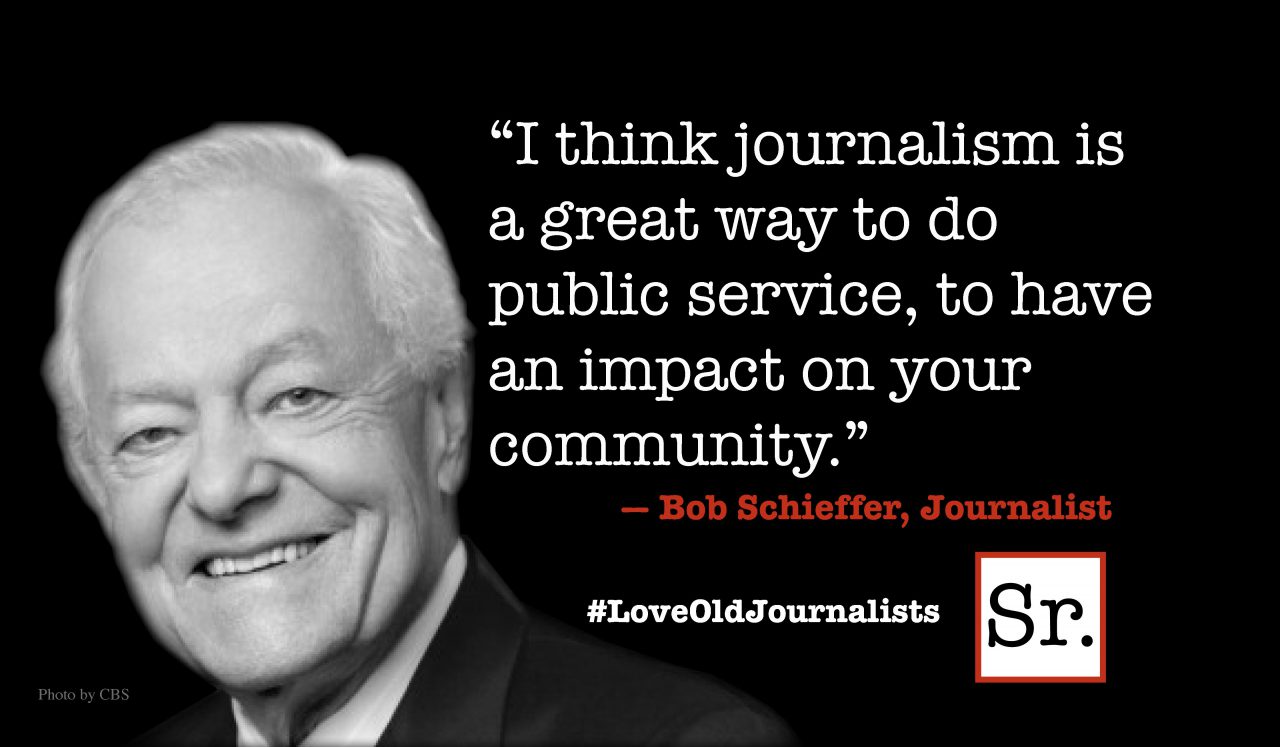Do a Google search for “race relations in the United States” and you get more than 22 million headlines. Most of them make for depressing reading and prompt one to wonder whether there has been any progress since legal race discrimination officially ended in the 1960s.
Examples high up on the list of Google responses: “Race relations getting worse in America” and “Americans’ worry about race relations at record high.”
But buried under the mountain of gloom, there is a long-term trend that highlights one remarkable change of attitude on race over the past 50 years — interracial marriages are more widely accepted than most people could have imagined in 1967. That was the year the Supreme Court ruled that Americans could marry partners of whichever race they chose.
At the time of the landmark decision — Loving v. Virginia — just 3 percent of newlyweds were of different races. By 2015, that had risen to 17 percent, a fivefold increase that means one in six marriages were between partners of different races or ethnicities.
These figures come from the Pew Research Center, which crunched marriage data for a report to go with the 50th anniversary of the Supreme Court decision, on June 12. The case involved Mildred Loving, a black woman, and Richard Loving, a white man, who married in Washington, D.C., where it was legal, and moved to Virginia, where interracial marriage was a crime. So it was in 14 other states. Even where they were legal, mixed marriages were rare and widely considered taboo.
The Lovings were arrested when a county sheriff and two deputies stormed into their home in a pre-dawn raid and found them in bed together. Charged with violating Virginia’s Racial Integrity Act, they were sentenced to a year in prison. The Lovings’ love story and the protracted legal battle that took their case to the Supreme Court are featured in a much-praised 2016 movie titled “Loving.”
The increase in interracial marriages underlines a long-running trend as the country grows more racially and ethnically diverse. According to Pew, roughly four in 10 adults now think interracial unions are good for society, a sharp increase from 2010 when just 24 percent held that view.
As Gretchen Livingston, the lead author of the Pew study put it, “It’s a striking number and it shows the future of the country.”
Optimism about the mingling of races is based on demographics: more than twice as many Americans aged 18 to 29 favor interracial marriage than people 65 or older. Among the young, intermarriage numbers are expected to keep rising. They tend to marry later in life than previous generations and live independently from parents who might not share their views.
Does all this point to a future, generations away, when Americans will be color-blind? Perhaps, but probably not. For one, whites and blacks are still the least likely of all racial or ethnic groups to marry someone of another race, despite a sharp increase in black-white marriages over the past few decades.
Interracial marriages are not spread evenly across the country, census data show, and vary considerably from city to city. The more diverse the population, the higher the share of interracial marriages. Honolulu ranks as the city with the highest share of mixed marriages — 42 percent.
Asheville, N.C., is last, with just 3 percent — the share that applied nationally when the Lovings fell foul of their state’s miscegenation law. Unlike diverse Honolulu, Asheville’s population is 85 percent white, which limits the chances for people of different races to meet and fall in love with each other.
Overall, the rise in mixed marriages has been driven by successive waves of immigrants from Latin America and Asia, the two groups most open to intermarriage.
Americans who think that intermarriage is “good for society” are still in the minority, according to Pew, but nevertheless the change in attitudes has been dramatic. “In just (the past) seven years, the share of adults saying that the growing number of people marrying someone of a different race is good for society has risen 15 points, to 39 percent.”
The group most skeptical: African Americans. Almost one in five told interviewers they thought intermarriage was bad for society.
Finding a convincing explanation for such skepticism will keep researchers busy for a while. But it seems clear that no other racial group has been as disappointed with the pace of progress as African Americans.
When Barack Obama, the son of a white mother and black father, became America’s president, optimists pondered the prospect of a “post-racial” society — color-blind, egalitarian and free of racial prejudice. A poll taken a few days after his victory in 2008 found that 70 percent of Americans thought race relations would improve under his presidency.
That notion was put to rest by a string of mass protests and riots triggered by the killing of black men by white police officers. Now, polls show that nearly as many people think race relations have deteriorated. But there are no indications that such perceptions are making a dent in the overall trend toward greater acceptance of mixed marriages.









